You might think joint health isn’t something you really need to think about, but if you’re even a little active, experts encourage you to rethink that mindset.
“Being active is probably the number 1 thing you can do to protect your joints, but going to the gym for an hour a day and then sitting at a desk or computer for the rest of the day is not going to cut it,” explains Alix Turoff, a registered dietitian and certified personal trainer based in NYC.
“Young people are very often working jobs that require them to sit at a desk for very long hours, sometimes without any breaks. Not only that, but much of our spare time is spent either sitting on a couch watching TV or hunched over a laptop. This is the perfect setup for joint issues later in life.” Yikes. That’s why it’s important for people of all ages to think about joint health and what they can do to prevent future issues, she says.
Plus, while physical activity is obviously a good thing, it can sometimes be the source of joint problems, especially if your diet isn’t up to par. “If you are a serious exerciser, young or old, you will eventually experience joint pain or injury, almost guaranteed,” says Amy Goodson, RD, a board-certified specialist in sports dietetics. “Joints are stressed when we exercise, so it is essential to take in the nutrients needed to help them stay strong and recover after exercise. While there are some joint injuries you likely can’t avoid in certain sports, if you are a daily gym-goer, you might be able to lower your chances of having a joint injury if you eat nutrient-rich foods that can help reduce inflammation.”
READ MORE > 5 SIGNS YOU’RE HYPERMOBILE AND HOW TO WORK OUT SAFELY
SIX JOINT-FRIENDLY FOODS TO EAT
Not sure where to start? Here are six foods to focus on:
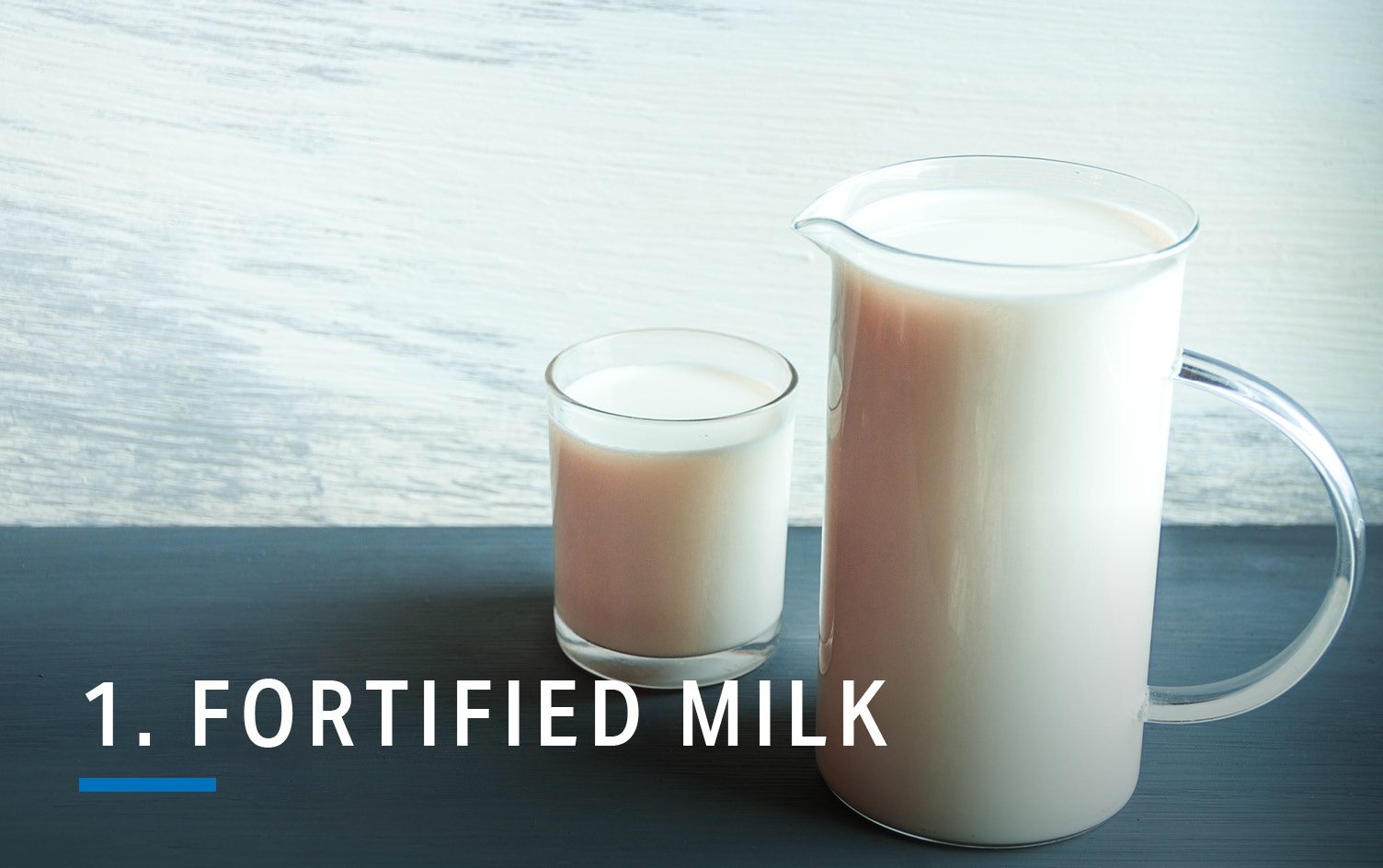
If you already include dairy in your diet, this one’s a no-brainer. “Drinking milk that has been fortified with vitamin D is a proactive way to prevent joint issues,” Turoff says. “Not only is vitamin D a nutrient that many people are deficient in, but it also increases the absorption of calcium, another important mineral for joint health.” If you can tolerate dairy without gastrointestinal issues, Turoff suggests adding 4 ounces of fortified milk to your daily diet, either in your coffee, in a smoothie or as a post-workout drink.

Bromelain is an enzyme found in the fiber-rich core of a pineapple. “Bromelain is a potent anti-inflammatory and anti-swelling agent and is also helpful in soothing and relieving tense, inflamed muscles and connective tissue,” Goodson says. “While the juicy pineapple flesh is appealing, the core is where it’s at! Try blending it into your morning smoothie or pureeing the core with Greek yogurt as a snack,” she suggests.
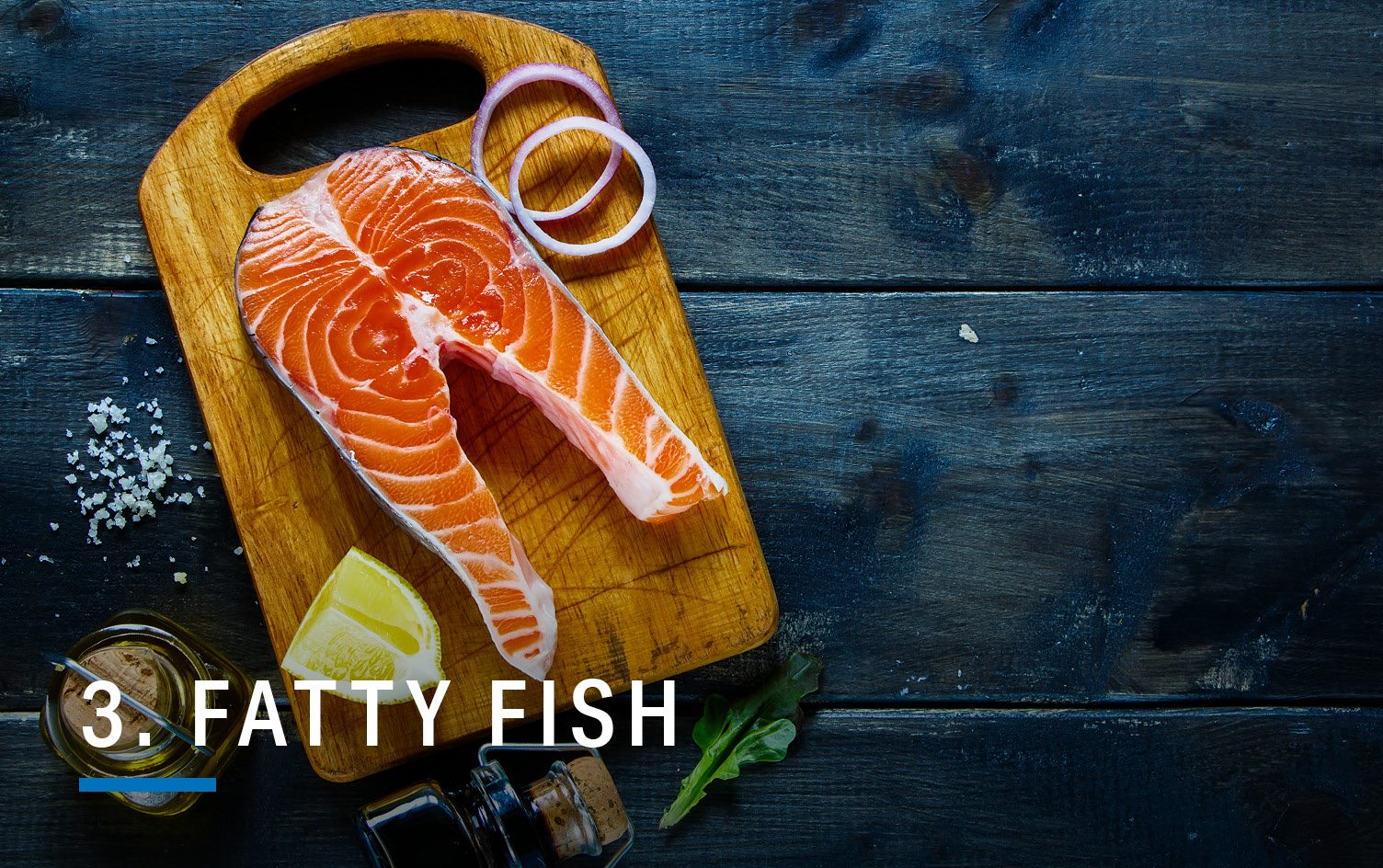
Salmon, sardines, mackerel and herring are all included in this category. “These fish are packed with omega-3 fatty acids which are anti-inflammatory,” Turoff says. “Because joint issues are inflammatory in nature, it’s extremely important to focus on getting these fatty acids in our diets. Aim for two servings of fatty fish per week.”
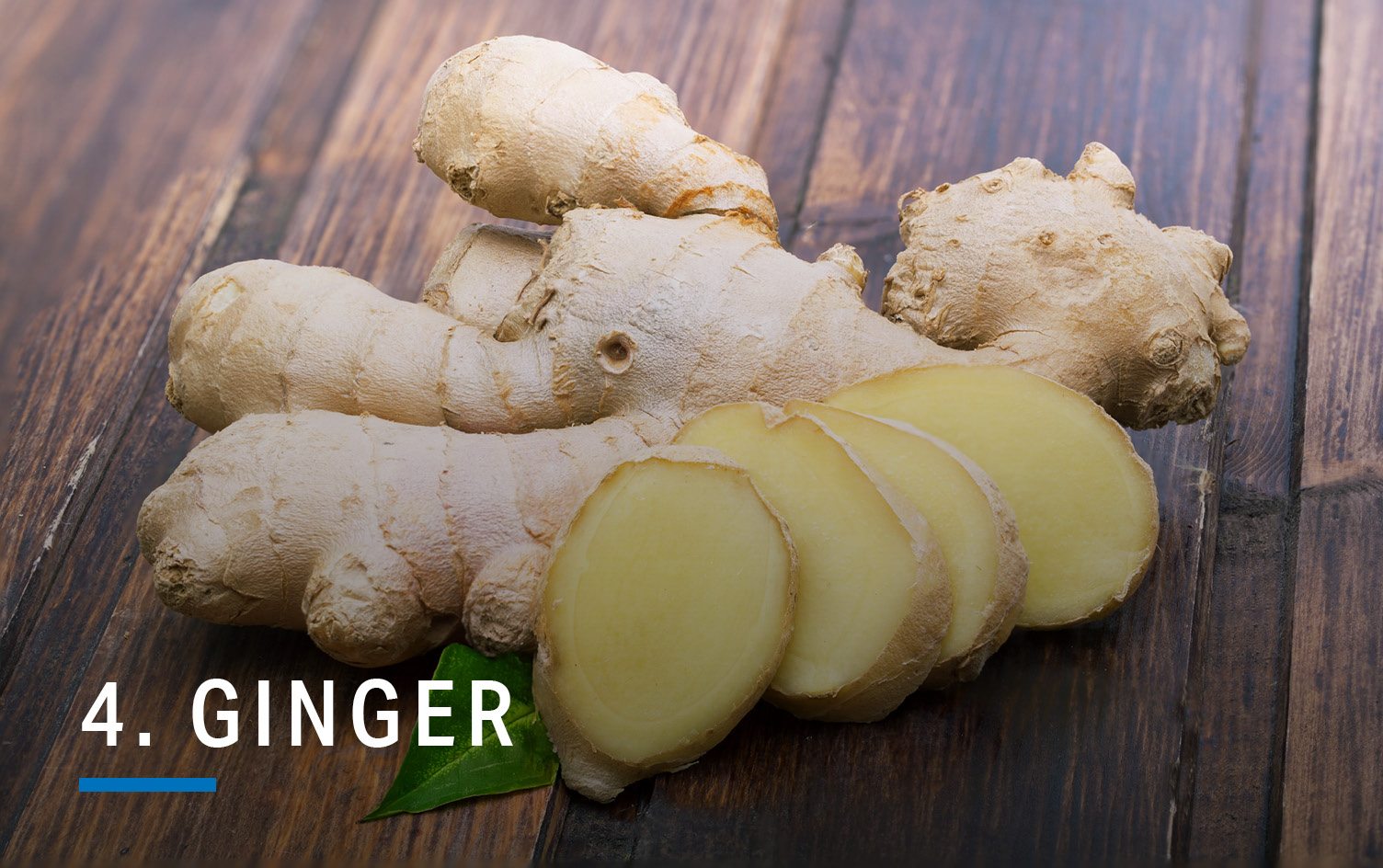
“Rich phytochemistry can be thanked for the strong anti-inflammatory power ginger contains,” Goodson says. Plus, there are other benefits for exercisers: “A review study from the International Journal of Preventive Medicine shows that ginger can reduce muscle pain after strenuous exercise To reap the benefits, consider ginger tea (boiling slices of ginger with tea bags for 30 minutes), grating it into entrée dishes or juicing it into fruit and vegetable beverages.”
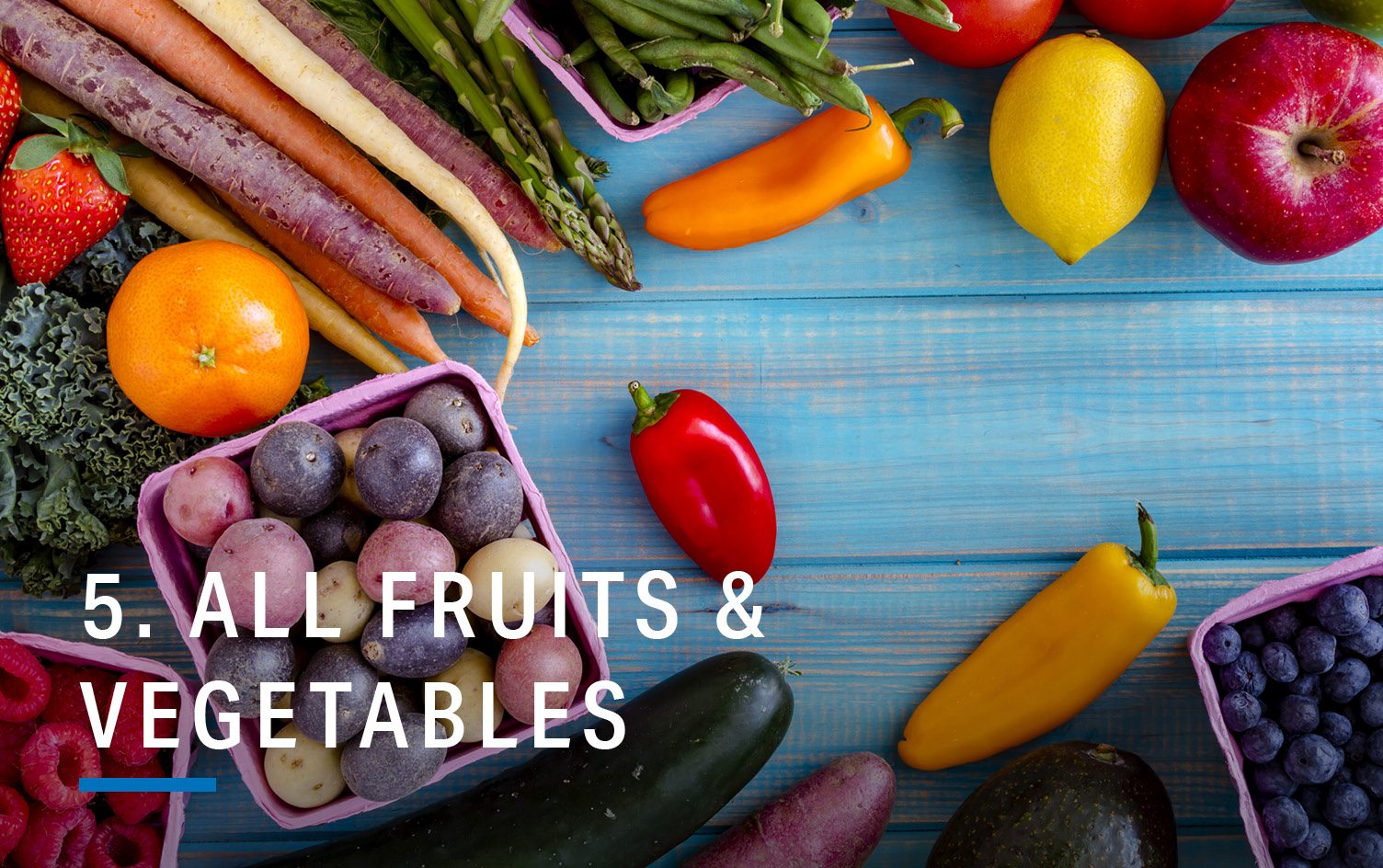
This is quite a broad category, but there’s a legit reason behind it. “Fruits and vegetables are rich sources of antioxidants and fiber,” explains Stacey Mattinson, a registered dietitian based in Austin, Texas. “Antioxidants quench free radicals and may help reduce inflammation. A diet rich in fibrous plant foods helps promote a healthy weight — and obesity is a major risk factor for joint disorders. Eat at a minimum of five serving of fruits or vegetables daily,” she advises.
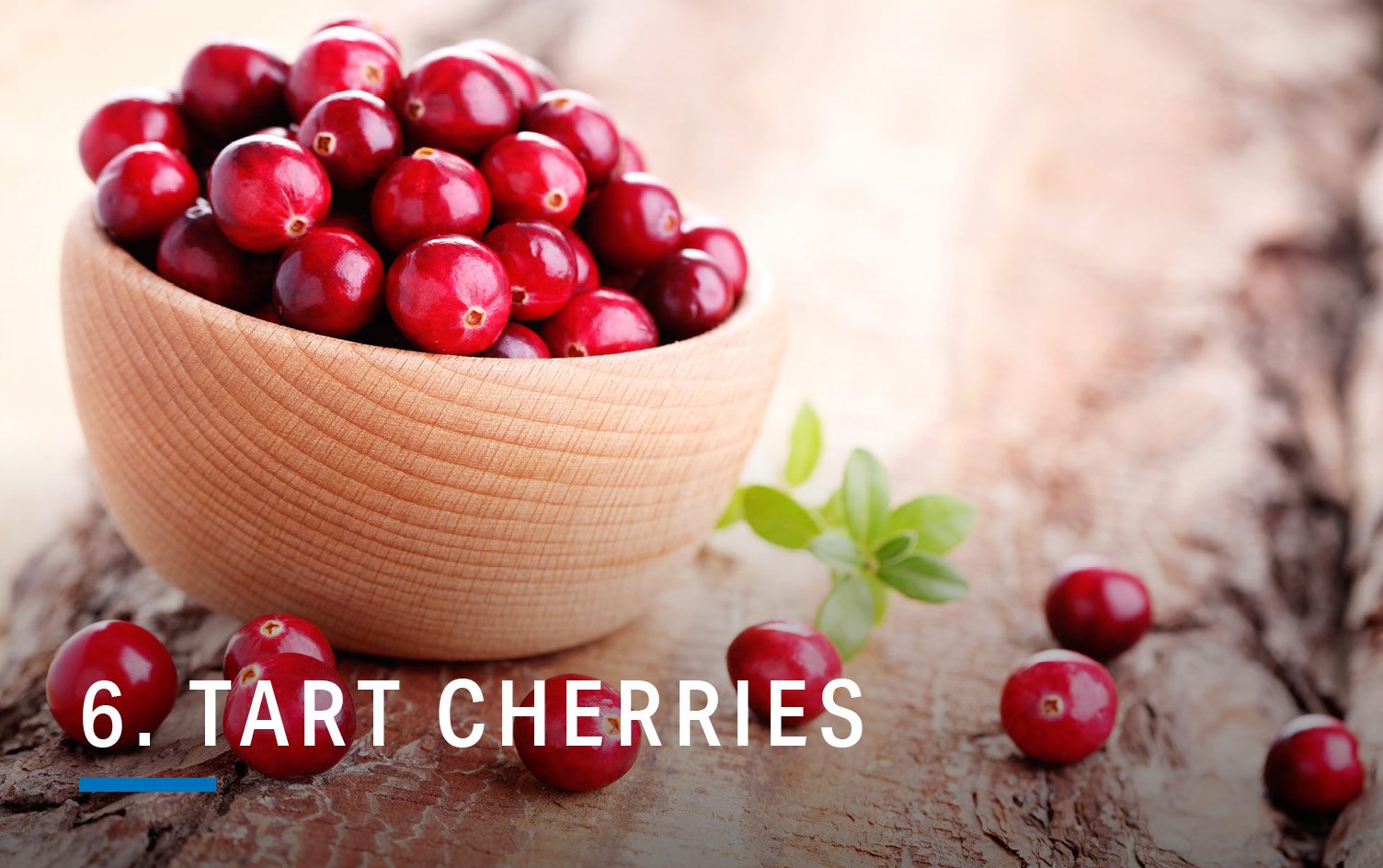
Tart cherries contain phytonutrients called anthocyanins. “These help minimize oxidative damage caused by exercise and thus can improve recovery time,” Goodson says. “A study from the Journal of the International Society of Sports Nutrition found that consuming 11–12 ounces of tart cherry juice twice daily for seven days prior to a running race significantly reduced pain after the run. Consuming the juice with a half scoop of whey protein is a great post-workout beverage to enhance recovery.”
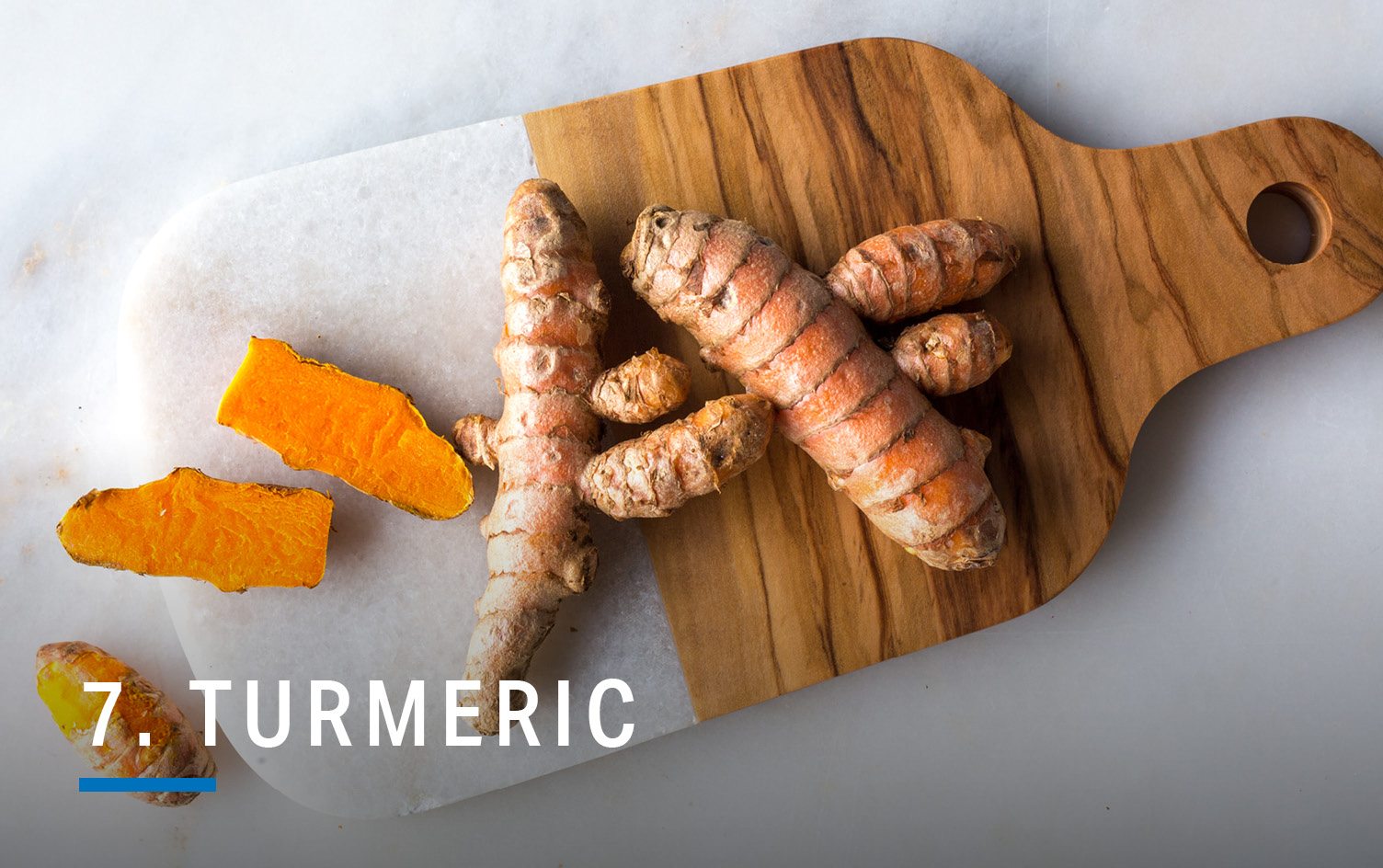
“The compound curcumin, which is found in turmeric has amazing anti-inflammatory benefits,” Turoff says. Some studies have even found supplementing with curcumin can provide people with arthritis with a similar level of relief as common pain relievers. One of the easiest ways to get it on a daily basis is the popular golden milk latte. “If you’re not into turmeric in your latte, try adding it to stir-fries, curries or even to a juice,” she recommends.




